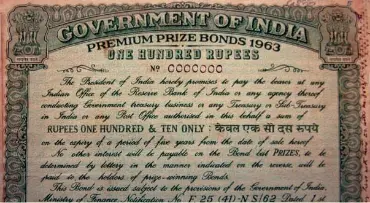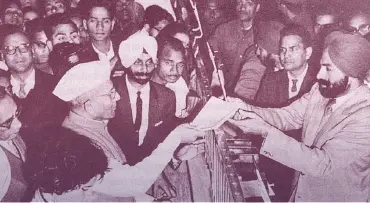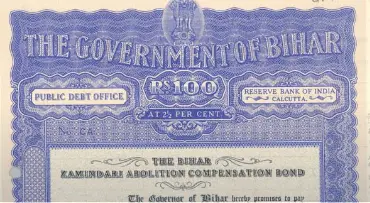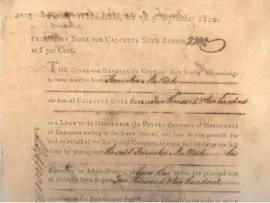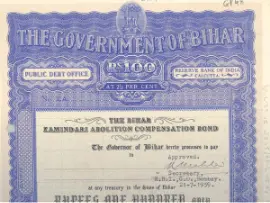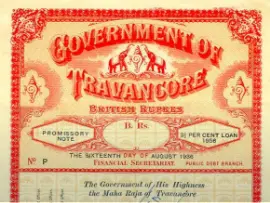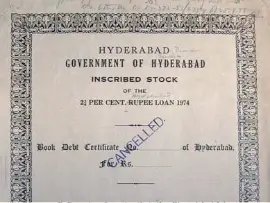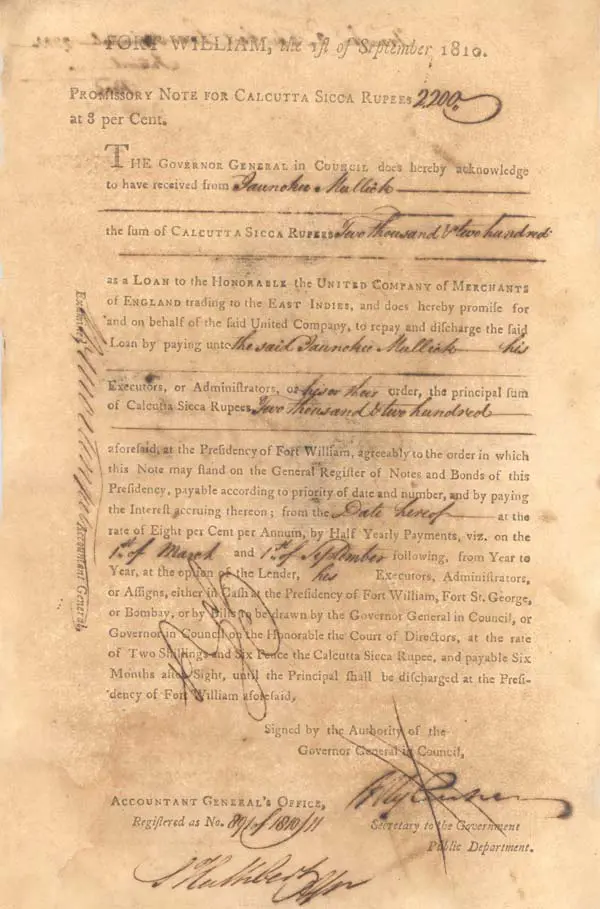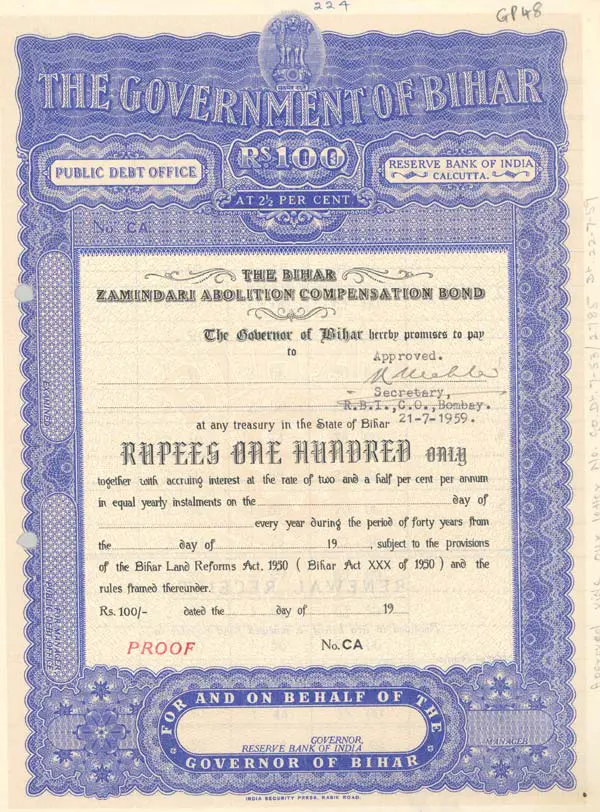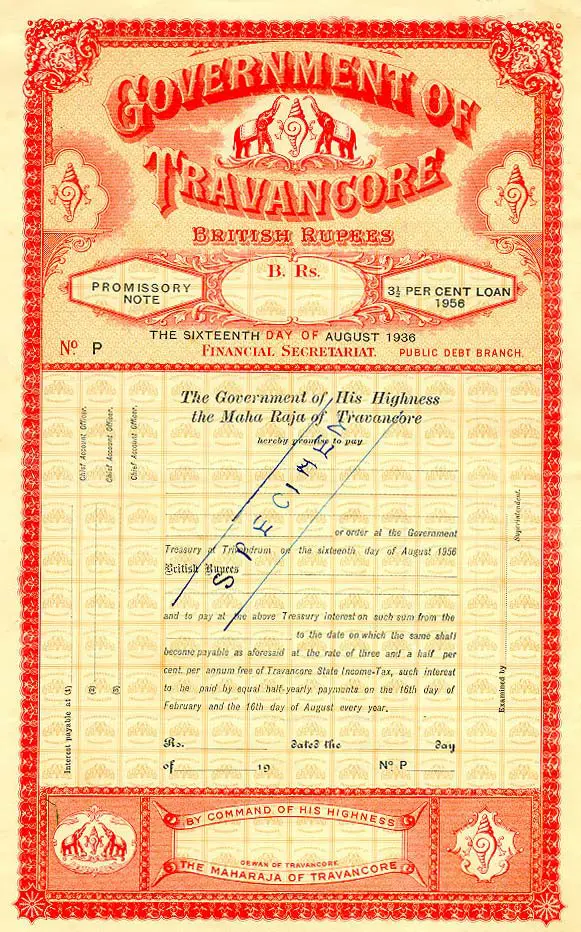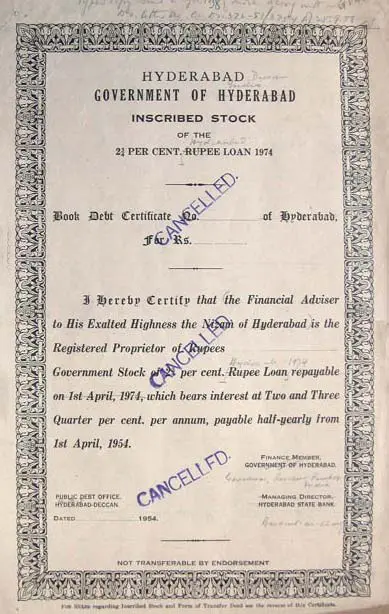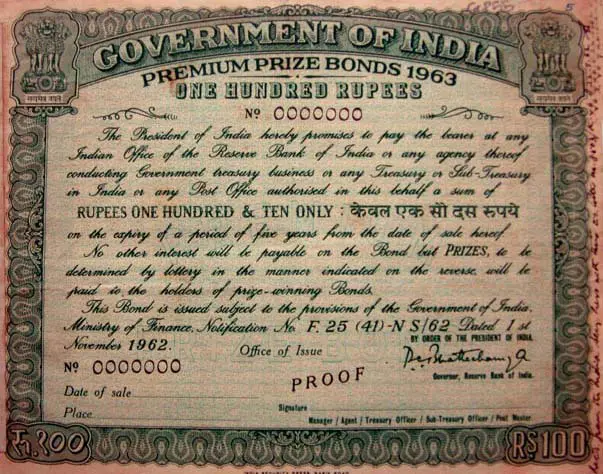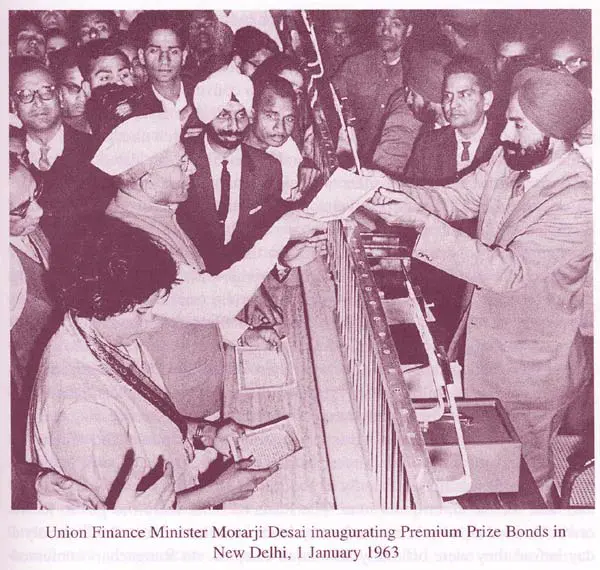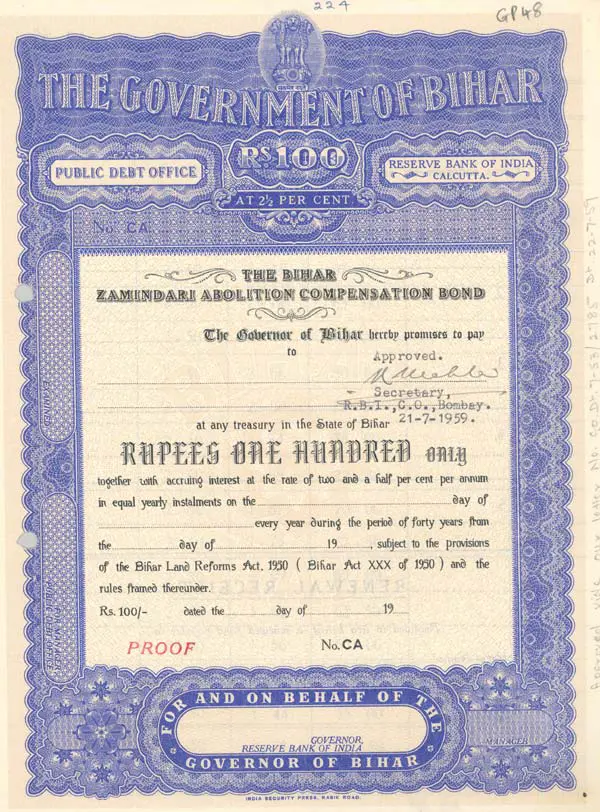 IST,
IST,
Towards the eighteenth century, the borrowing needs of Indian Princely States were largely met by Indigenous bankers and financiers. The concept of borrowing from the public in India was pioneered by the East India Company to finance its campaigns in South India (the Anglo French wars) in the eighteenth century. The debt owed by the Government to the public, over time, came to be known as public debt. The endeavours of the Company to establish government banks towards the end of the 18th Century owed in no small measure to the need to raise term and short term financial accommodation from banks on more satisfactory terms than they were able to garner on their own. The incentive to set up Government banks (read central banks), had a lot to do with debt management.
Public Debt, today, is raised to meet the Governments revenue deficits (the difference between the income of the government and money spent to run the government) or to finance public works (capital formation). Borrowing for financing railway construction and public works such irrigation canals was first undertaken in 1867. The First World War saw a rise in India's Public Debt as a result of India's contribution to the British exchequer towards the cost of the war. The provinces of British India were allowed to float loans for the first time in December, 1920 when local government borrowing rules were issued under section 30(a) of the Government of India Act, 1919. Only three provinces viz., Bombay, United Provinces and Punjab utilised this sanction before the introduction of provincial autonomy. Public Debt was managed by the Presidency Banks, the Comptroller and Auditor-General of India till 1913 and thereafter by the Controller of the Currency till 1935 when the Reserve Bank commenced operations.
Interest rates varied over time and after the uprising of 1857 gradually came down to about 5% and later to 4% in 1871. In 1894, the famous 3 1/2 % paper was created which continued to be in existence for almost 50 years. When the Reserve Bank of India took over the management of public debt from the Controller of the Currency in 1935, the total funded debt of the Central Government amounted to Rs 950 crores of which 54% amounted to sterling debt and 46% rupee debt and the debt of the Provinces amounted to Rs 18 crores.
Broadly, the phases of public debt in India could be divided into the following phases.
-
Upto 1867When public debt was driven largely by needs of financing campaigns.
-
1867-1916When public debt was raised for financing railways and canals and other such purposes.
-
1917-1940When public debt increased substantially essentially out of the considerations of
-
1940-1946When because of war time inflation, the effort was to mop up as much a spossible of the current war time incomes
-
1947-1951represented the interregnum following war and partition and the economy was unsettled. Government of India failed to achieve the estimates for borrwings for which credit had been taken in the annual budgets.
-
1951-1985when borrowing was influenced by the five year plans.
-
1985-1991when an attempt was made to align the interest rates on government securities with market interest rates in the wake of the recommendations of the Chakraborti Committee Report.
-
1991 to dateWhen comprehensive reforms of the Government Securities market were undertaken and an active debt management policy put in place. Ad Hoc Treasury bills were abolished; commenced the selling of securities through the auction process; new instruments were introduced such as zero coupon bonds, floating rate bonds and capital indexed bonds; the Securities Trading Corporation of India was established; a system of Primary Dealers in government securities was put in place; the spectrum of maturities was broadened; the system of Delivery versus payment was instituted; standard valuation norms were prescribed; and endeavours made to ensure transparency in operations through market process, the dissemination of information and efforts were made to give an impetus to the secondary market so as to broaden and deepen the market to make it more efficient.
As at the end of March, 2003, it is estimated that the combined outstanding liabilities of the centre and state governments amounted to Rs 18 trillion which worked out to over 75 percent of the country's gross domestic product (GDP). In India and the world over, Government Bonds have, from time to time, have not only adopted innovative methods for rasing resources (legalised wagering contracts like the Prize Bonds issued in the 1940s and later 1950s in India) but have also been used for various innovative schemes such as finance for development; social engineering like the abolition of the Zamindari system; saving the environment; or even weaning people away from gold (the gold bonds issued in 1993).
Normally the sovereign is considered the best risk in the country and sovereign paper sets the benchmark for interest rates for the corresponding maturity of other issuing entities. Theoretically, others can borrow at a rate above what the Government pays depending on how their risk is perceived by the markets. Hence, a well developed Government Securities market helps in the efficient allocation of resources. A country’s debt market to a large extent depends on the depth of the Government’s Bond Market. It in in this context that the recent initiatives to widen and deepen the Government Securities Market and to make it more efficient have been taken.
